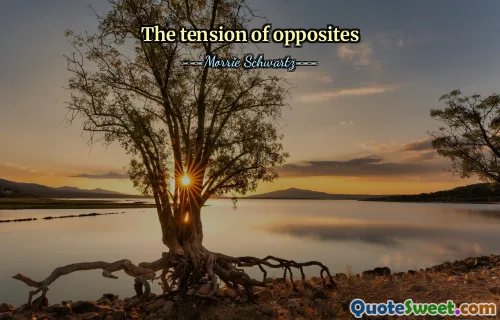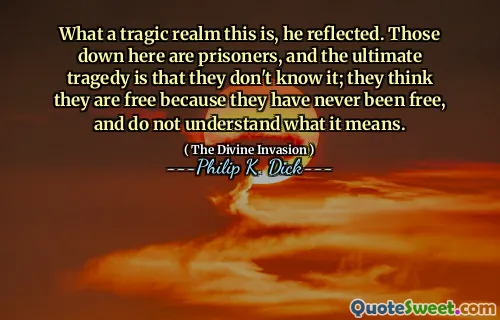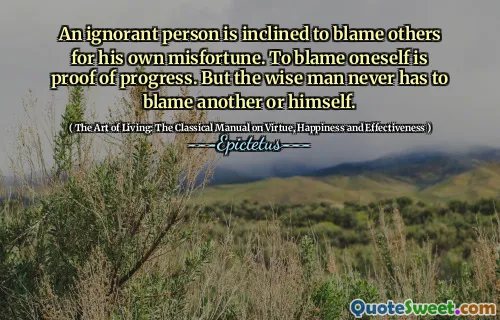
If a palmist grasp my palm, and look into it, without seeing a single line, what would he read?
This quote invites us to reflect on the nature of perception, understanding, and the essence of a person's character or destiny. Often, we look to external signs—whether they are lines on a palm, facial features, or even superficial behaviors—to glean insights about someone. However, this quote challenges that notion by implying that without observing the physical features or external indicators, a person might still hold genuine knowledge or insight about another individual. It raises questions about the boundaries between superficial observation and true understanding. In the realm of human relationships, this suggests that true comprehension goes beyond just external appearances. It hints at the importance of intuition, empathy, and internal qualities over what is immediately visible. Moreover, the quote underscores the idea that without 'seeing a single line,' a palmist might still 'read' a person through a connection, intuition, or understanding that transcends technical or superficial methods. It invites us to consider that sometimes, genuine insight comes from within—an alignment of intuition and compassion—rather than mere external signs. It also emphasizes the limitations of relying solely on external cues but recognizes that true understanding often requires reaching beyond the surface. Overall, the quote encourages us to reconsider how we interpret others and to remember the power of inner knowledge over physical appearances. It reminds us that understanding humanity is less about what can be visibly observed and more about an empathetic connection and deeper perception.











